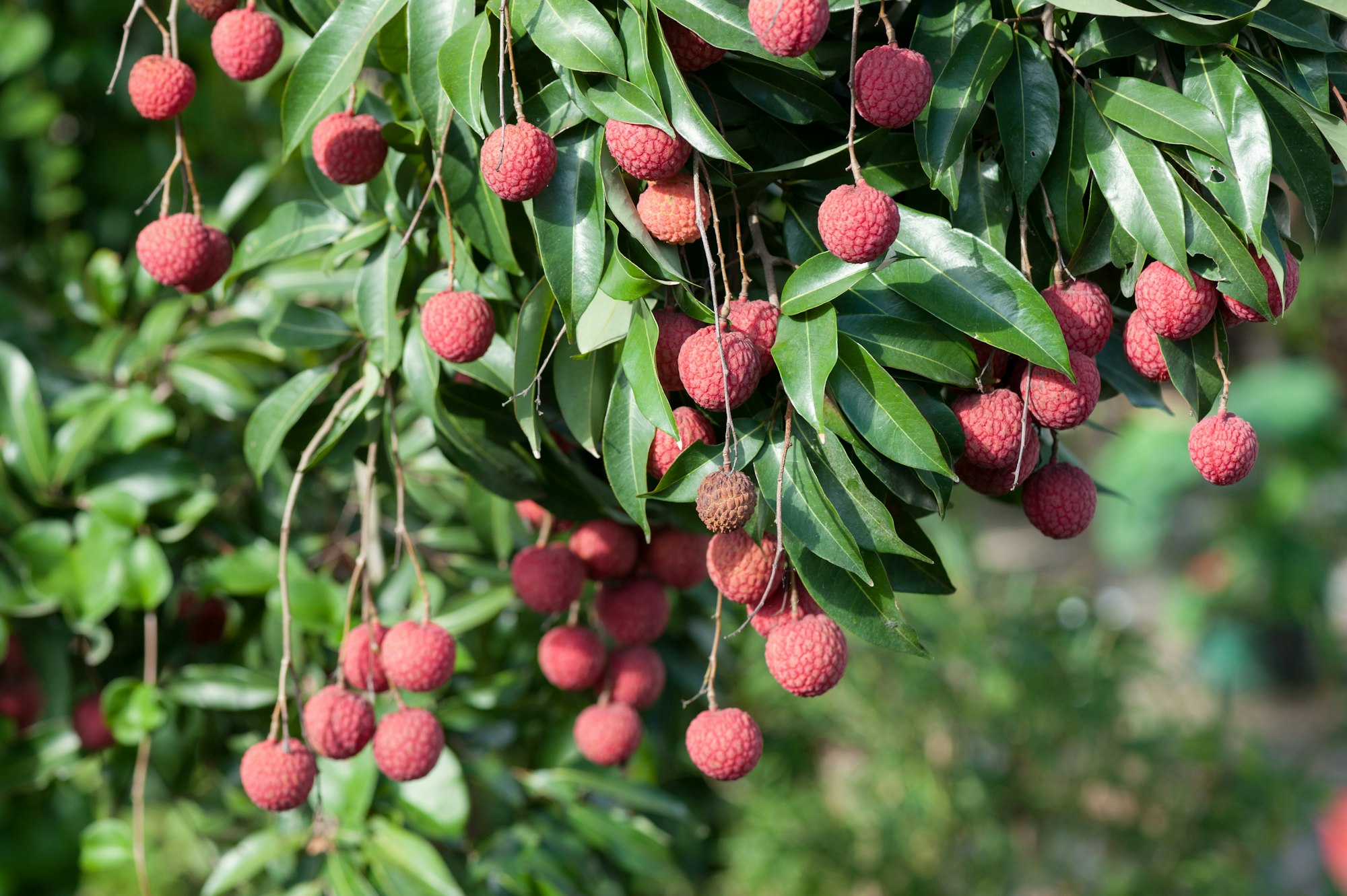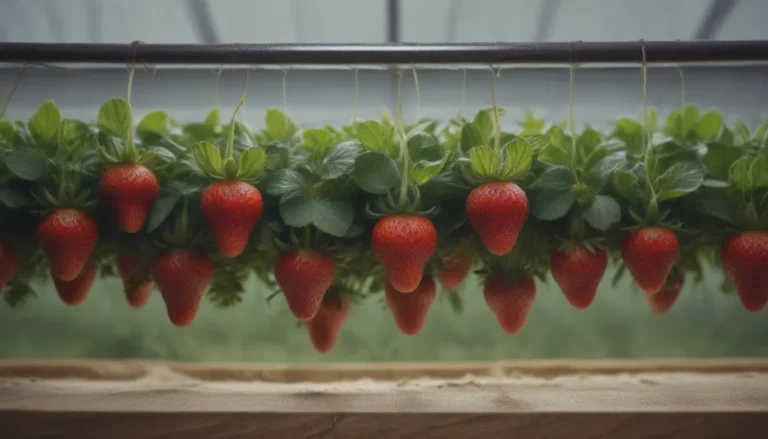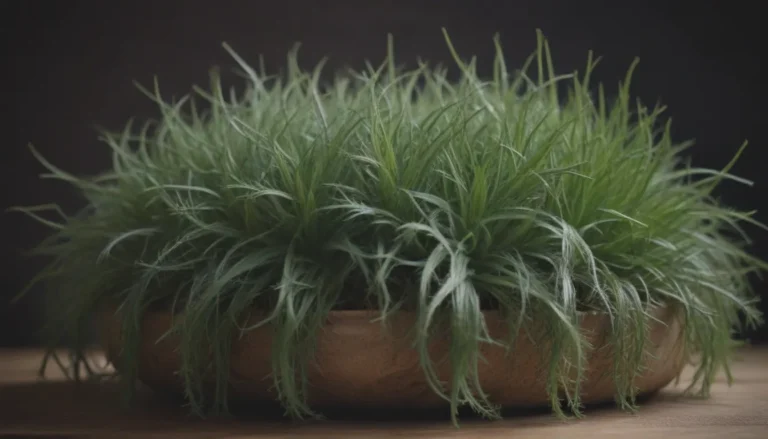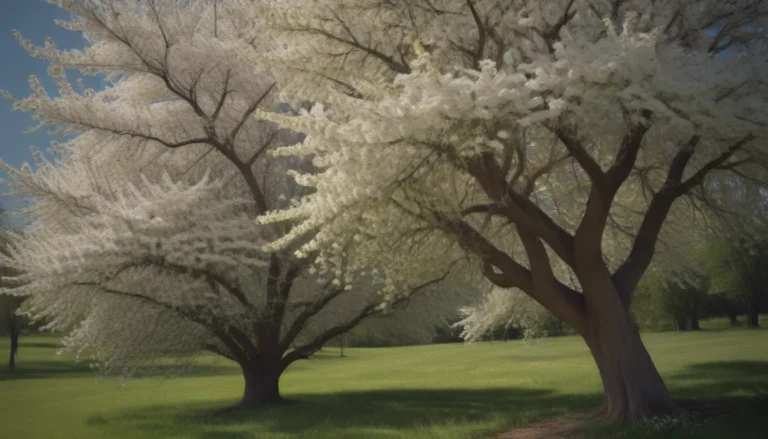The Ultimate Guide to Growing and Caring for Lychee Trees: From Seed to Sweet Success

Have you ever tasted the delightful, juicy sweetness of a fresh lychee? If so, you might have wondered about growing your lychee tree. Whether you’re a seasoned gardener or a curious beginner, this guide will walk you through everything you need to know about cultivating and nurturing these exotic fruit trees.
Introduction: Why Grow Lychee Trees?
Lychee trees (Litchi chinensis) are not just fruit-bearing plants; they’re a gateway to a world of tropical beauty and delicious rewards. Native to southern China, these evergreen trees have captivated fruit enthusiasts worldwide with their stunning ornamental value, fragrant flowers, and delectable fruit.
Growing your own lychee tree can be a rewarding experience, offering you fresh, pesticide-free fruit right from your backyard. Plus, there’s something magical about watching a tree you’ve nurtured from the beginning bear fruit for the first time.
“The lychee is so delicious that I am compelled to write out a few notes about this fruit tree, the best of all tropical fruits.” – David Fairchild, American botanist
Now, let’s dive into the nitty-gritty of lychee tree cultivation!
Understanding Lychee Trees: Know Your Plant

Before we get our hands dirty, it’s crucial to understand what we’re working with. Lychee trees are subtropical evergreens and members of the soapberry family (Sapindaceae). They typically grow 30-100 feet tall in their natural habitat but can be kept smaller (20-30 feet) with proper pruning.
Lychee trees produce small, fleshy fruits with a thin, bumpy rind that turns from green to pinkish-red when ripe. The translucent white flesh inside is juicy and sweet, with a floral aroma that’s simply irresistible.
Climate and Growing Zones: Can You Grow Lychees?
Lychee trees thrive in subtropical climates, but with proper care, they can be grown in various regions. They prefer USDA hardiness zones 10-11, temperatures between 50°F and 95°F (10°C to 35°C), high humidity, and protection from frost and strong winds.
If you live in a colder climate, don’t despair! Lychee trees can be grown in containers and moved indoors during harsh weather. With some extra effort, you can enjoy homegrown lychees even in less-than-ideal conditions.
Soil Requirements: Creating the Perfect Foundation
Lychee trees aren’t too picky about soil, but they do have some preferences. They thrive in well-draining soil with a slightly acidic to neutral pH (5.5-7.5) that’s rich in organic matter. To prepare your soil, test the pH and amend if necessary, add organic compost to improve fertility and drainage, and ensure the planting site has good drainage to prevent root rot.
Planting Your Lychee Tree: Getting Started on the Right Foot
Whether you’re starting from a seedling or a more mature tree, proper planting is crucial for long-term success. Choose a location that offers full sun exposure (at least 6 hours of direct sunlight daily), protection from strong winds, and adequate space for growth (20-30 feet in all directions).
To plant your tree, dig a hole twice the width of the root ball and just as deep. Gently remove the tree from its container, being careful not to disturb the roots. Place the tree in the hole, ensuring it’s at the same depth as it was in the container. Backfill with soil, tamping down gently to remove air pockets, and water thoroughly to settle the soil.
Pro tip: If you’re planting multiple trees, space them 25-30 feet apart to allow for proper growth and air circulation.
Watering: Finding the Right Balance
Lychee trees have specific watering needs that change as they mature. Young trees should be watered 2-3 times a week, keeping the soil consistently moist but not waterlogged. Established trees need deep watering once a week, allowing the top few inches of soil to dry between waterings.
During fruit development, increase watering frequency to prevent fruit drop. However, reduce watering about a month before harvest to enhance fruit flavor.
“The key to watering lychee trees is consistency. They don’t like extremes – neither drought nor waterlogging.” – Dr. Jonathan Crane, Tropical Fruit Crop Specialist
Fertilizing: Feeding Your Lychee Tree for Optimal Growth
Proper nutrition is essential for healthy growth and bountiful fruit production. Young trees (1-2 years old) benefit from a balanced, slow-release fertilizer (e.g., 6-6-6) applied every two months during the growing season. Mature trees should be fertilized three times a year – in early spring, early summer, and fall.
Use a fertilizer formulated for fruit trees or one with a ratio of 6-6-6 or 8-3-9. Adjust based on soil tests and your tree’s performance. Remember to avoid over-fertilizing, as this can lead to excessive vegetative growth at the expense of fruit production.
Pruning: Shaping Your Tree for Success
Pruning is crucial for maintaining tree health, controlling size, and encouraging fruit production. Young trees should be shaped during the first few years to establish a strong structure. Mature trees should be pruned after harvest to maintain size and remove dead or crossing branches.
When pruning, use clean, sharp tools to make clean cuts. Remove any suckers growing from the base of the tree, thin out dense areas to improve air circulation, and cut back long branches to encourage bushier growth. Remember, lychee trees fruit on new growth, so don’t be afraid to prune regularly to stimulate fresh shoots.
Pest and Disease Management: Protecting Your Investment
While lychee trees are generally hardy, they can face some challenges. Common pests include erinose mites, fruit-piercing moths, and scale insects. These can be managed with sulfur-based sprays, neem oil, physical barriers, or manual removal, depending on the pest.
Diseases like anthracnose and root rot can also affect lychee trees. Anthracnose, a fungal disease causing black spots, can be treated with copper-based fungicides. Root rot, often caused by overwatering, can be prevented by improving drainage and reducing watering frequency.
The best defense is a good offense. Maintain tree health through proper care, and monitor regularly for early signs of problems.
Harvesting: Reaping the Rewards of Your Labor
After 3-5 years of patient care, your lychee tree will begin to bear fruit. Harvesting is an exciting time, but timing is crucial. Lychees don’t continue to ripen after picking, so harvest when fruits are fully colored and slightly soft to the touch. Gently twist and pull ripe fruit from the cluster.
A mature tree can produce 200-300 lbs of fruit annually, so be prepared for an abundance of sweet treats!
Propagation: Expanding Your Lychee Grove
If you’re excited about your lychee success, why not grow more? You can propagate lychee trees through seeds or air layering. While growing from seeds is straightforward, trees grown this way may not produce fruit identical to the parent tree and take longer to bear fruit.
Air layering is more reliable for reproducing desirable traits. This method involves selecting a healthy branch, removing a ring of bark, applying rooting hormone, and wrapping the area with moist sphagnum moss. When roots appear after 2-3 months, cut below the roots and plant.
Container Growing: Lychees for Small Spaces
Don’t have a large yard? No problem! Lychee trees can thrive in containers. Choose a large pot (at least 15 gallons) with good drainage and use a high-quality, well-draining potting mix. Place the container in a sunny spot protected from strong winds, water more frequently than in-ground trees, and fertilize regularly with a slow-release fertilizer. Prune to maintain a manageable size.
Container-grown trees may not get as large or produce as much fruit, but they offer the flexibility to move indoors during cold weather.
Troubleshooting Common Issues
Even with the best care, you might encounter some challenges. Yellowing leaves could indicate nutrient deficiency or overwatering, so check drainage and adjust fertilization. Fruit drop is often caused by inconsistent watering or extreme temperatures, so maintain consistent moisture and protect from temperature extremes.
If your mature tree isn’t producing fruit, ensure it’s receiving adequate sunlight and nutrients. Cracked bark is usually due to sunscald, so protect young trees with tree wraps or paint trunks with white latex paint. Slow growth might indicate root-bound conditions in container plants or poor soil conditions for in-ground trees.
Lychee Tree Varieties: Choosing the Right One for You
While there are over 100 lychee cultivars worldwide, a few stand out for home growers. The ‘Brewster’ variety produces large fruit with small seeds and is good for cooler climates. ‘Emperor’ bears sweet fruit with a small seed early in the season. ‘Mauritius’ is productive and widely adaptable, with medium-sized fruit. ‘Sweetheart’ offers large, heart-shaped fruit with excellent flavor.
Research which varieties perform best in your specific region for the best results.
Companion Planting: Creating a Harmonious Garden
Enhance your lychee tree’s environment with companion plants. Marigolds can repel nematodes and other pests, while comfrey adds nutrients to the soil as a “dynamic accumulator.” Nasturtiums attract pollinators and act as a trap crop for aphids, and garlic or chives help deter pests with their strong scent.
Avoid planting water-hungry plants nearby, as they may compete with your lychee tree for resources.
Conclusion: Embracing the Lychee Lifestyle
Growing lychee trees is a journey that requires patience, care, and a bit of horticultural know-how. But with the right approach, you’ll be rewarded with a beautiful, productive tree that provides delicious fruit and a tropical ambiance to your garden.
Remember, every tree and environment is unique. Don’t be afraid to experiment and adjust your care routine based on your tree’s responses. With time, you’ll develop an intuitive understanding of your lychee tree’s needs.
So why wait? Start your lychee growing adventure today, and before you know it, you’ll be enjoying the sweet fruits of your labor. Happy growing!





